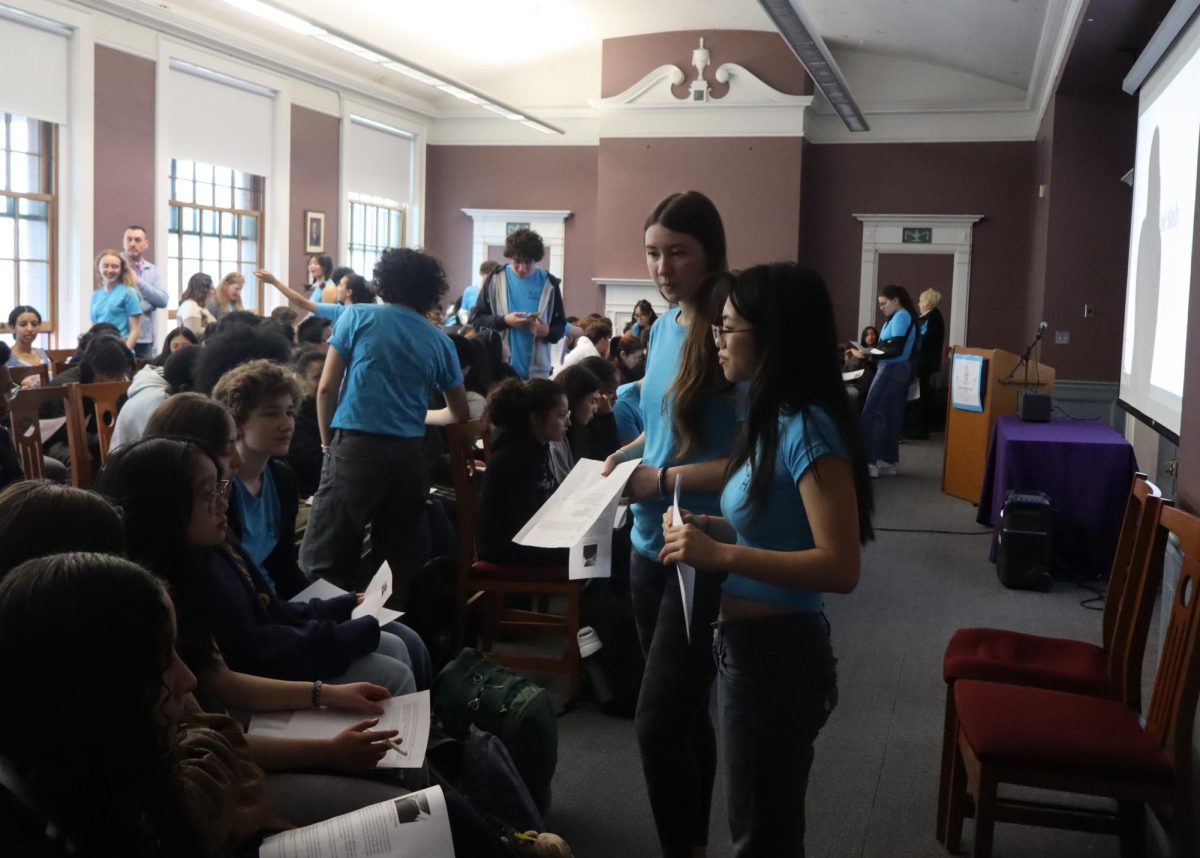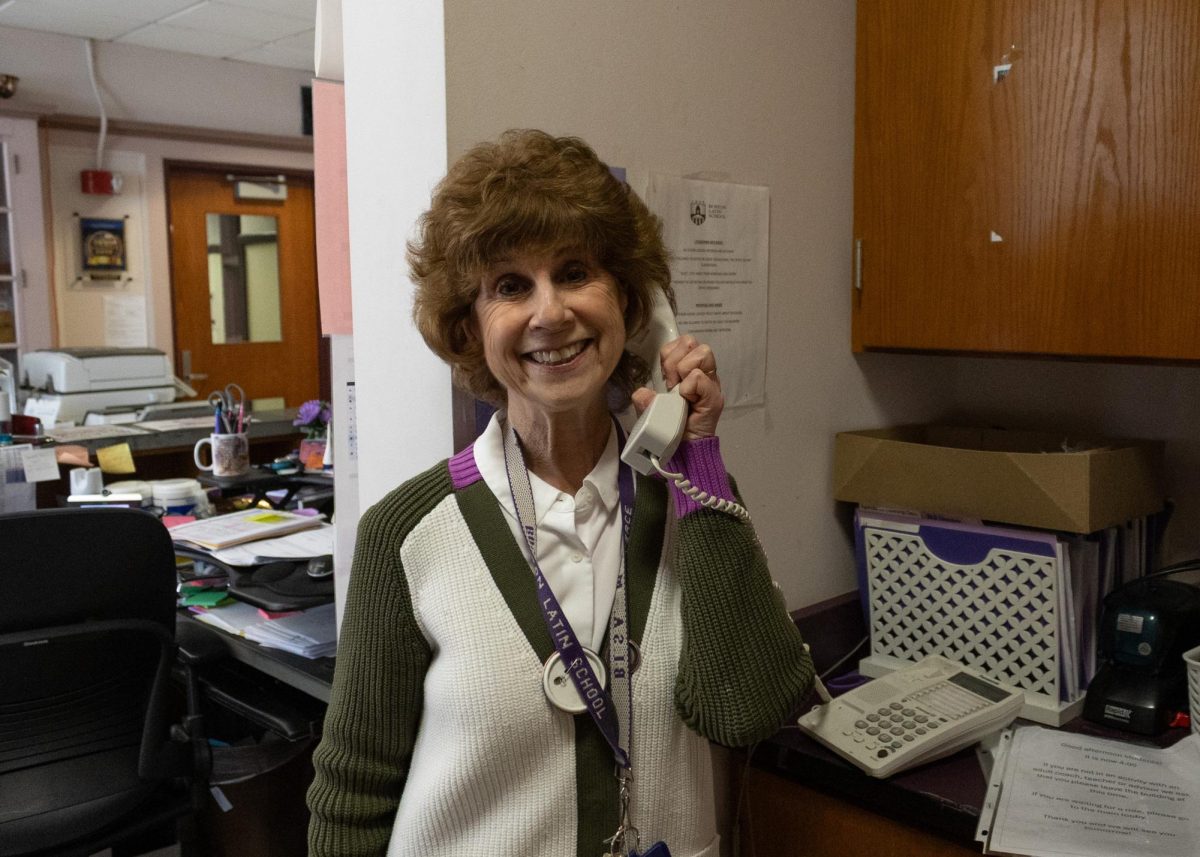In a Massachusetts marked by housing challenges and pursuit for sustainable transportation, the state has passed the Massachusetts Bay Transportation Authority (MBTA) Communities Act in hopes of redefining the Massachusetts landscape with its vision for more transit-accessible multi-family housing.
In particular, the MBTA Communities Act strives to promote the development of multi-family housing near public transit, increasing the amount of accessible housing as well as promoting public transportation use.
The act forces cities and towns with access to the MBTA, excluding Boston, to allow housing developments in the areas near public transit. The law states that relevant communities must submit a plan for housing developments by the end of the year, which many communities are struggling with.
An “MBTA Community” is defined on the Massachusetts government website as a community that was previously or is currently hosting MBTA service, is adjacent to one of those communities or is otherwise identified under a special law. All in all, 177 communities are subject to the act. Boston, however, is excluded — likely due to its already high population density and lack of land for housing developments. To enforce the act, the aforementioned communities risk losing state funding programs should they not comply.
According to State Senator Sal DiDomenico’s Office, “the [act’s purpose] is to increase the amount of housing, and hopefully the amount of affordable housing, in communities across our state, especially in dense areas around transit stations [as building] more dense housing near MBTA stations can bring down housing costs, promote public transportation use, and reduce emissions.” Senator DiDomenico is invested in the MBTA Communities Act due to a number of his constituents being lower income and requiring public transportation to get to work.
Many students at Boston Latin School recognize the importance of the act. In addition to the housing crisis, BLS students, such as William Faller (III), have noticed recent efforts to improve the MBTA. He notes, “the rollout of new trains and the extension of the Green Line,” accompany housing developments, such as one nearby in Brookline.
Currently, there is a newly proposed housing development in Brookline at Coolidge Corner, just 1.2 miles from BLS. While the MBTA Communities Act does not require a development to be built, it does require the city to allow one to be built. Should a developer decide to build a multi-family housing unit there, it could bring an increase in population to a community not far from BLS.
Although communities in Boston are exempt from the act, the city is still proposing and planning other initiatives to address the housing crisis. One example is “PLAN: Charlestown.” This project would see a major housing development in currently empty parking lots near the Community College Orange Line stop. This development, which has already been approved despite local opposition, may cause an 80 percent increase in the population of Charlestown in the next 25 to 50 years.
With these new initiatives, Bodhi Jacob (III) hopes that, “[The MBTA Communities Act] will make [the MBTA] more accessible to a larger group of people so that school and job opportunities will be easier to get to.”
Categories:
Solving the Housing Crisis One (MBTA) Stop at a Time
By Thomas Blanchet (III) & Alex Chan (III), Contributing Writers
January 22, 2024
Story continues below advertisement
0







